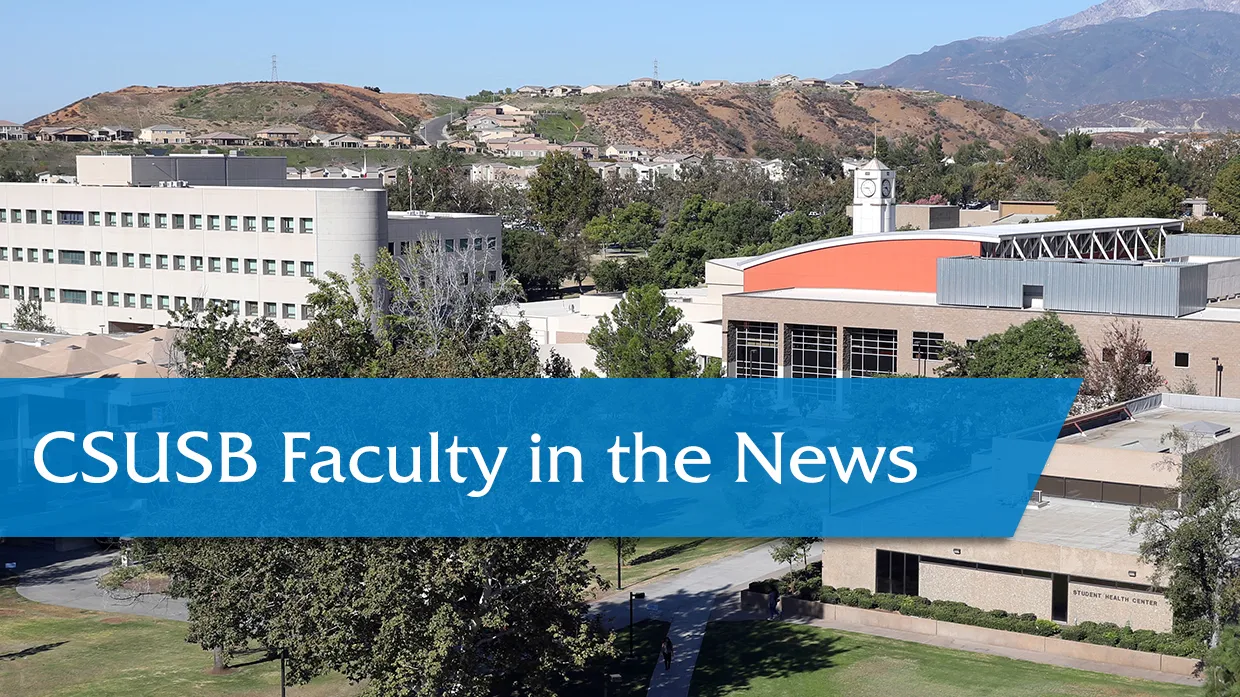
NOTE: Faculty, if you are interviewed and quoted by news media, or if your work has been cited, and you have an online link to the article or video, please let us know. Contact us at news@csusb.edu.
Placentia’s unique public-private partnership in a gas station to raise funds for public improvements discussed by CSUSB professorThe Orange County Register/Southern California News GroupMarch 26, 2018
One of Placentia’s newest gas stations is a unique public-private business venture with an oil company operating the pumps and the city, which owns the property, getting a cut of the profits. Public-private partnerships aren’t new. They’ve long been used to spur redevelopment of blighted properties or finance public improvements and transit projects, such as toll roads.
Such cooperation is becoming more popular as government revenues shrink, said Alexandru Roman, who teaches public administration at Cal State San Bernardino.
Still, Roman said the Placentia gas station is first time he’s heard of a local government partnering with business in a profit-making venture – but it may not be the last, since Galaxy Oil officials say they’ve had interest from other cities looking for new funding streams.
Overly optimistic projections are one of the main pitfalls in public-private agreements, said Roman, the public administration professor. The Placentia deal also raises questions of potential conflict of interest, he said – for example, would the city objectively handle a request to open a competing gas station near by?
Still, Roman said, it’s an innovative approach to the problem of people not wanting to pay much in taxes, but expecting a lot of government services.
“Cities don’t have a choice,” he said. “They have to be creative. They have to take risks.”
Read the complete article at “This automated gas station with no attendant splits its profits with the city of Placentia.”
CSUSB adjunct professor discusses recent work on fossil horses at Canadian paleontology museumRoyal Tyrrell MuseumMarch 26, 2018
Eric Scott is a consulting paleontologist for Cogstone Resource Management, Inc. as well as an adjunct professor at California State University, San Bernardino. In a presentation that is part of the Royal Tyrrell Museum’s “Speaker Series 2018,” Scott discusses his recent work on fossil horses, specifically at the Tule Springs site in southern Nevada and Natural Trap Cave in northern Wyoming.
Horses are icons of the American West and have a connection back to the last ice age. Native to North America, horses have been key players in ancient ecosystems for over fifty million years, and were mainstays of large mammal communities throughout the last ice age. Due to this success, Pleistocene horse fossils are abundant throughout the American West, from Alaska and the Yukon all the way south to central Mexico and South America.
Read the complete article, and link to the YouTube post of the lecture, at “Speaker Series 2018: Ice Age Horses of the American West.”
These news clips and others may be found at “In the Headlines” on the Inside CSUSB website.